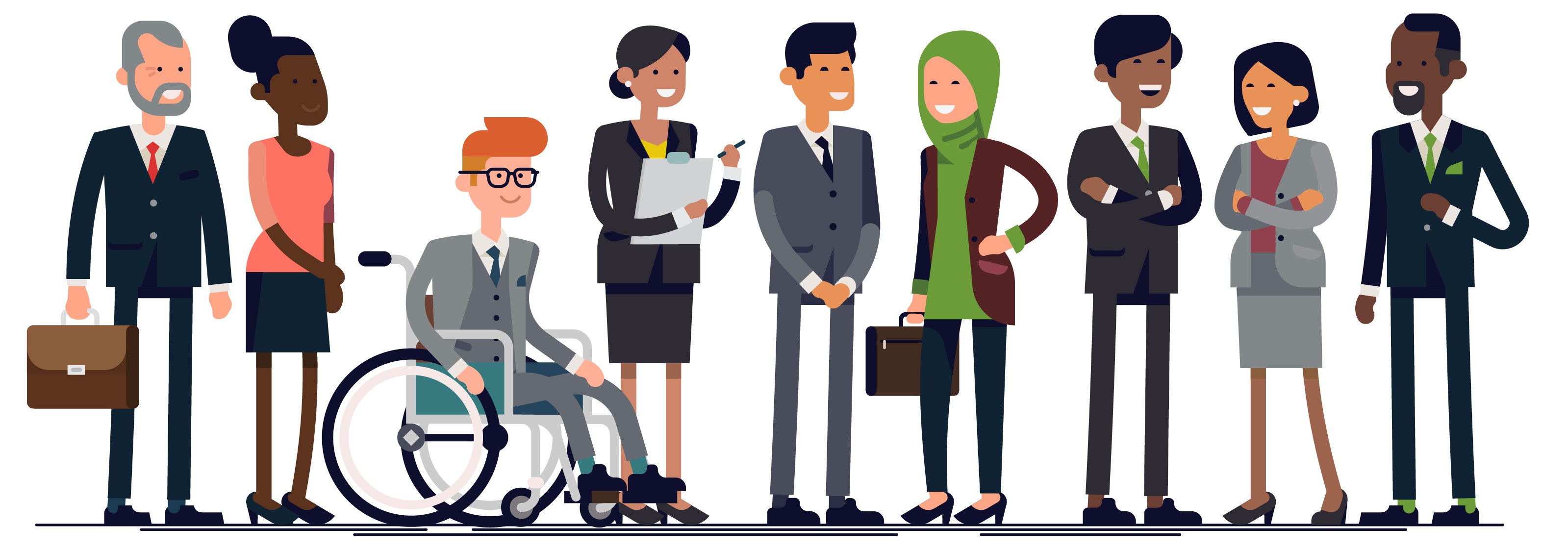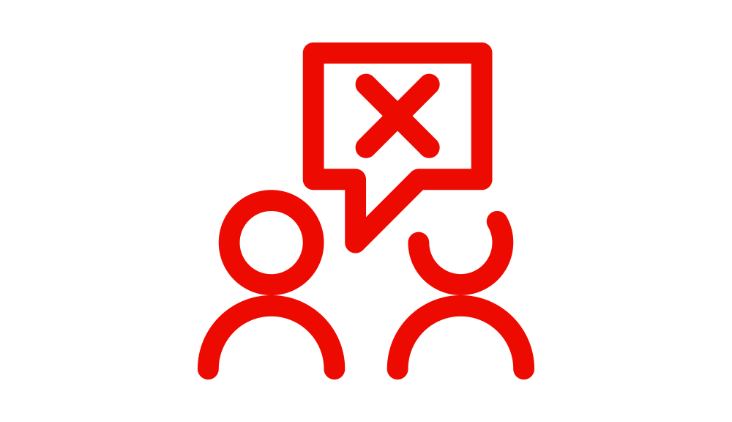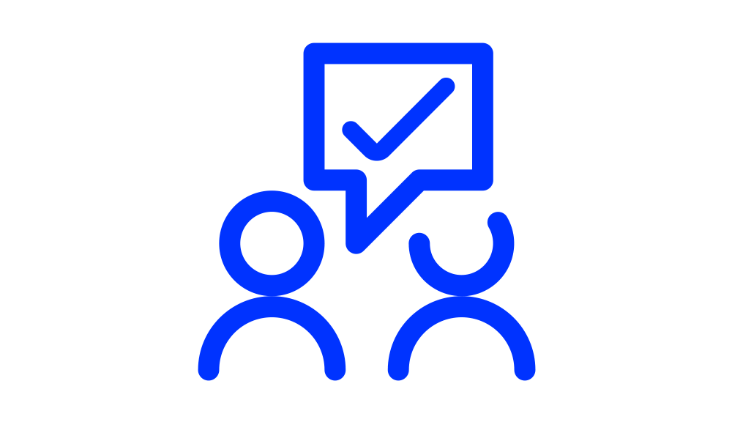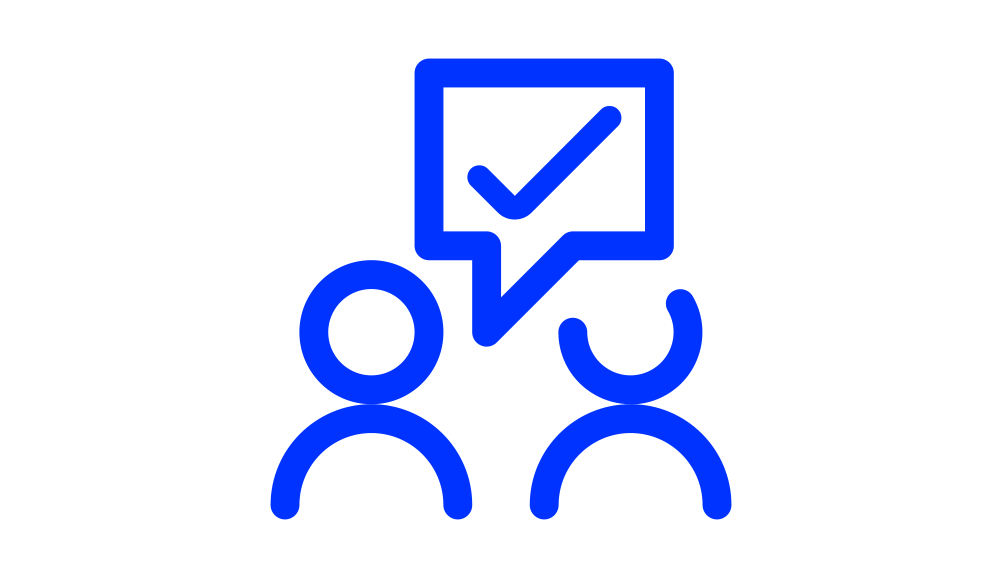Living with a disability can create a different experience for each person.
There is no universally accepted definition of disability, as it can vary by context and perspective of the person. When considering the concept of disability, People with Disability Australia describes two contrasting models:
The medical model of disability
Frames people with disabilities as ‘abnormal’ and a problem internal to the individual. The focus is on the medical profession, and the ideal is to ‘fix’ or ‘cure’ the individual. While recognised in 2001 by the World Health Organisation, this interaction should shape policy change.
The social model of disability
Asserts that disability is caused by physical and/ or social environments that don’t meet an individual’s needs. People are framed as being disabled by unsupportive environments, and the focus is on fixing the environment rather than on the individual.




